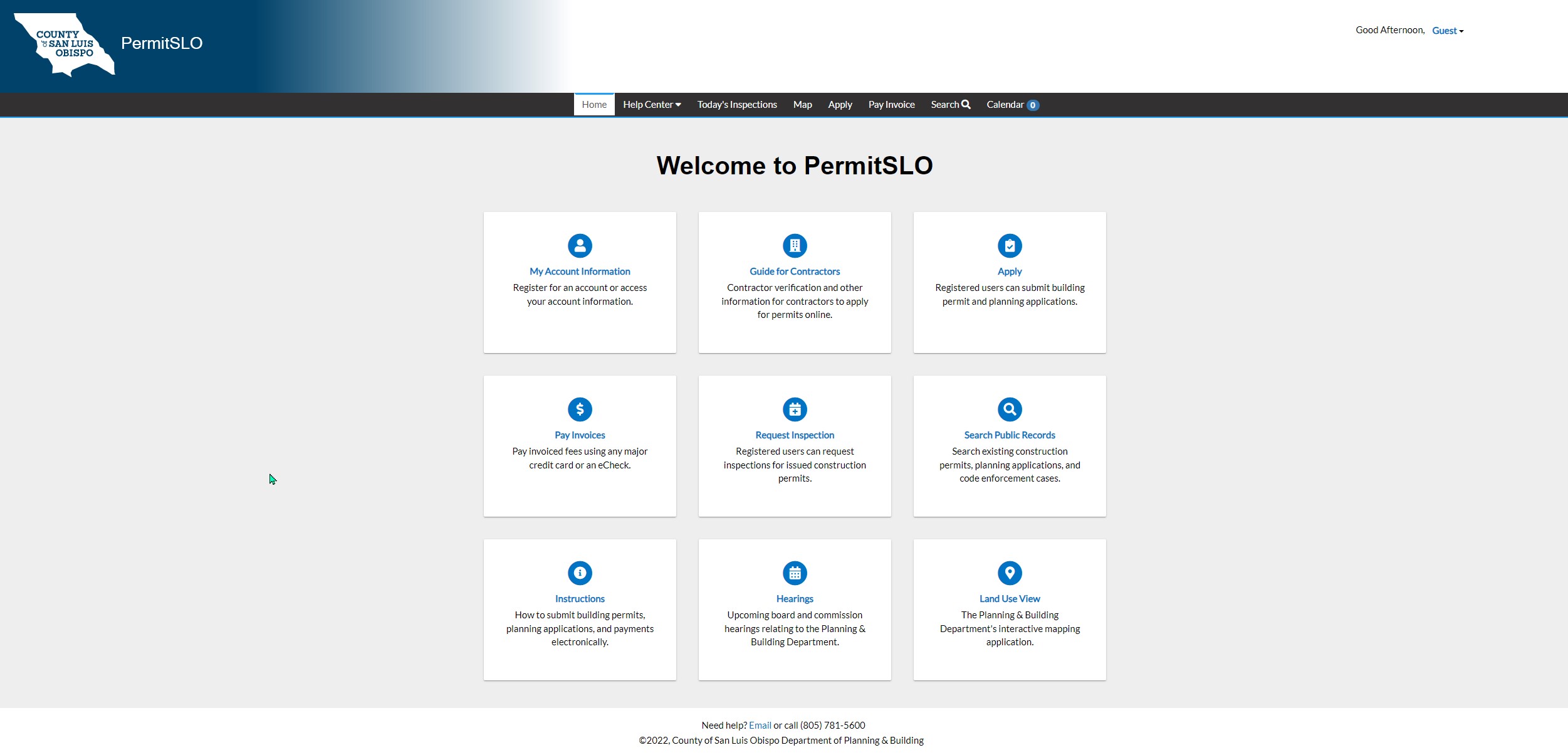Water Programs
Countywide Water Conservation Program
On October 27, 2015, the Board of Supervisors adopted Resolution 2015-288, which established the Countywide Water Conservation Program (CWWCP) in response to the declining water levels in the Nipomo Mesa (part of Santa Maria Groundwater Basin), Los Osos Groundwater Basin, and the Paso Robles Groundwater Basin (PRGWB). A key strategy of the CWWCP is to ensure that all new construction and new or expanded agriculture will offset its predicted water use by reducing existing water use on other properties within the same water basin.

